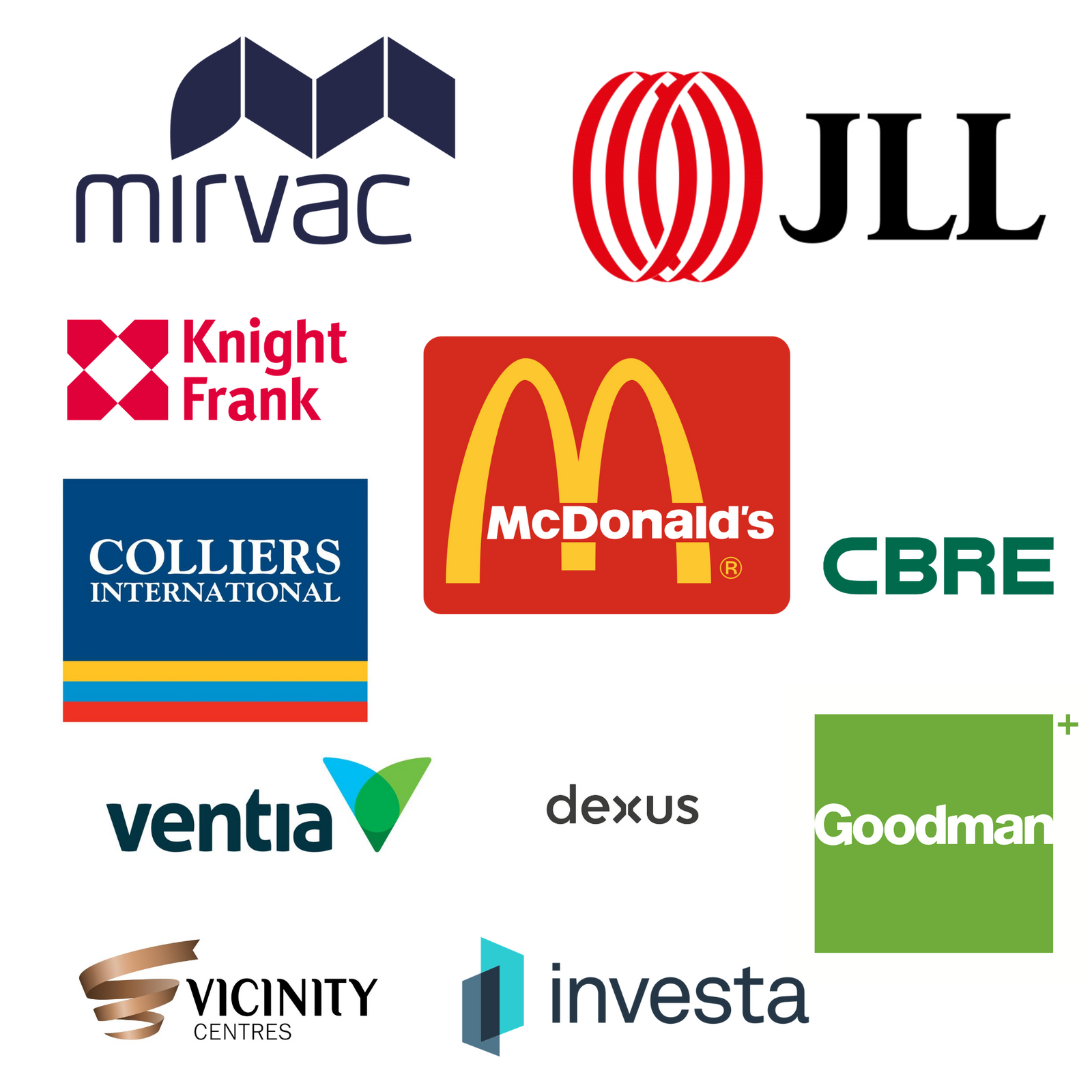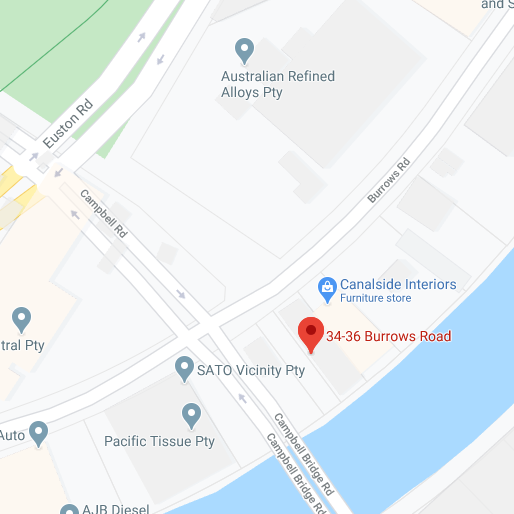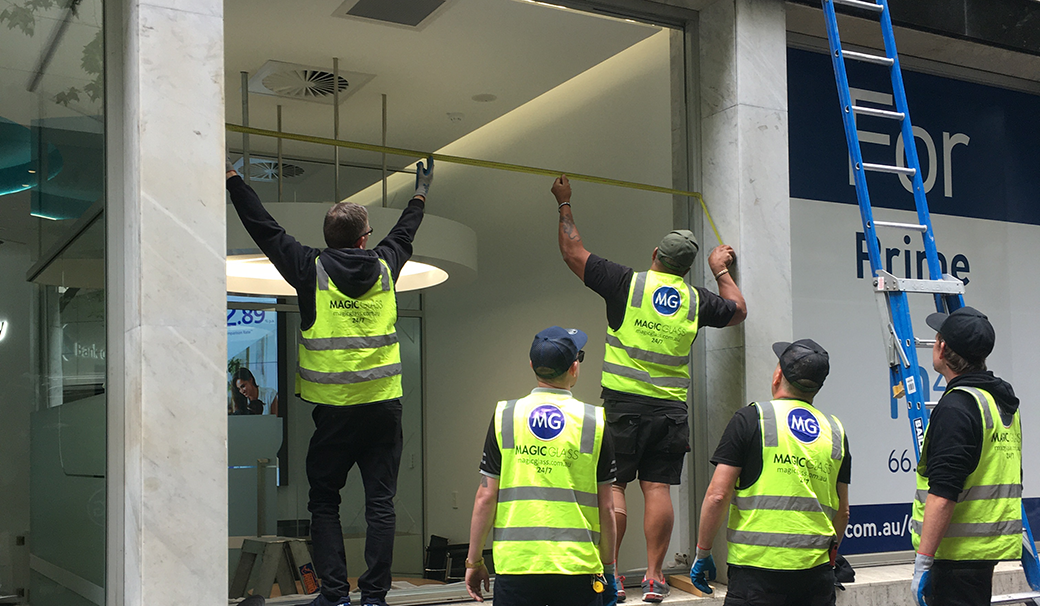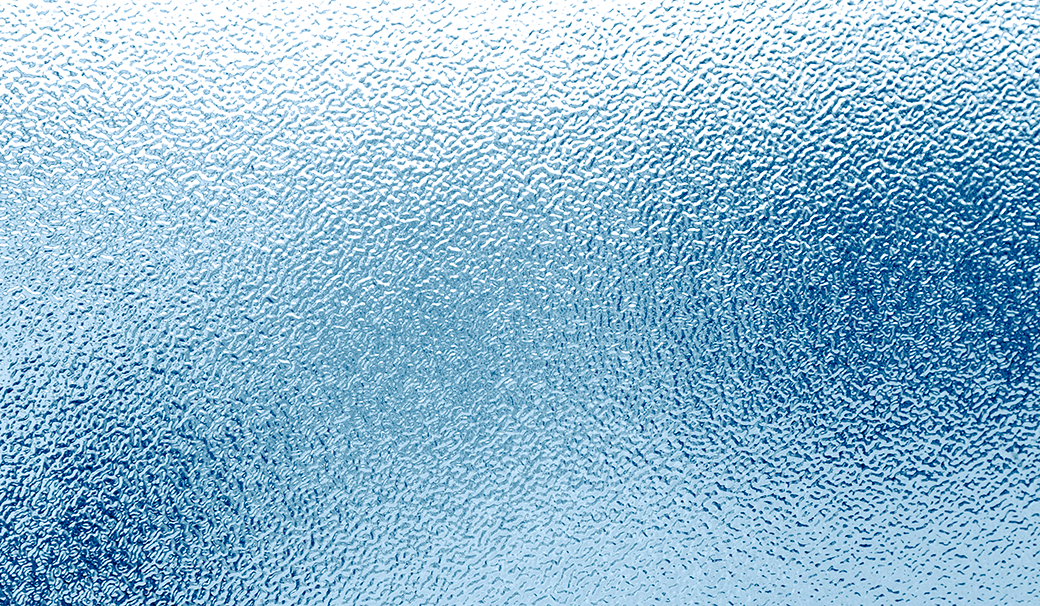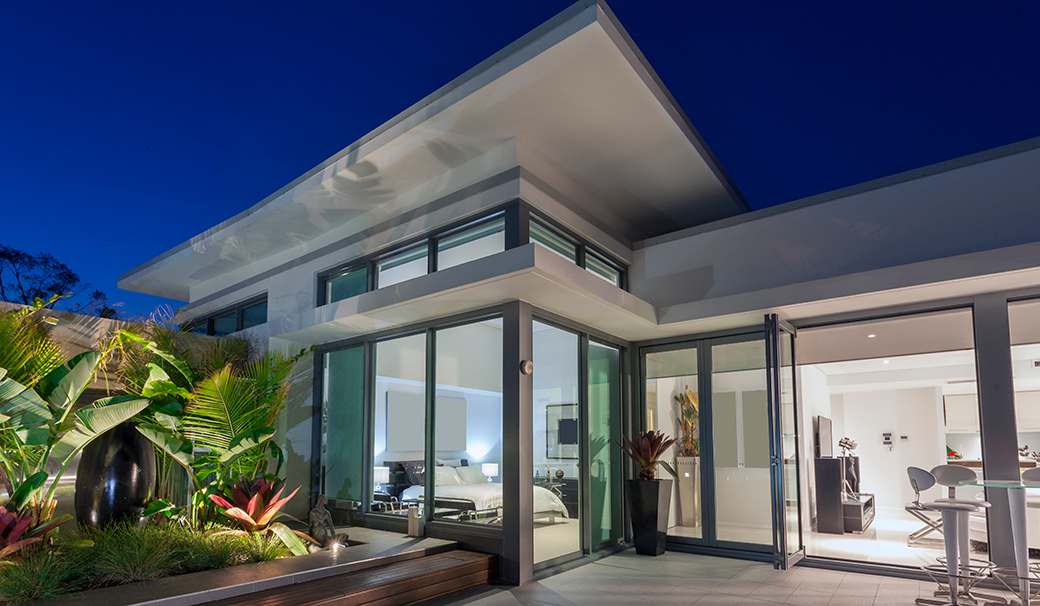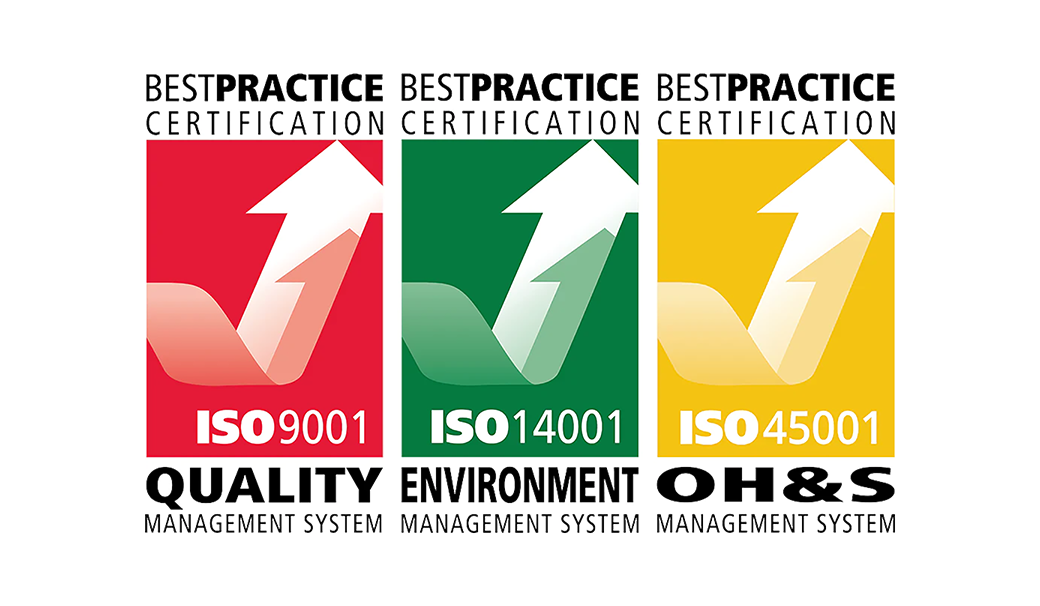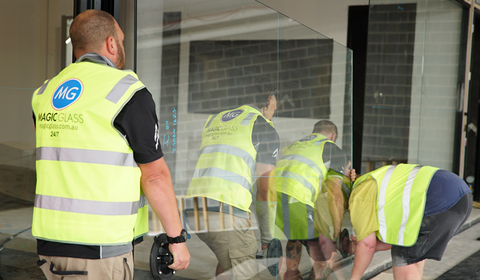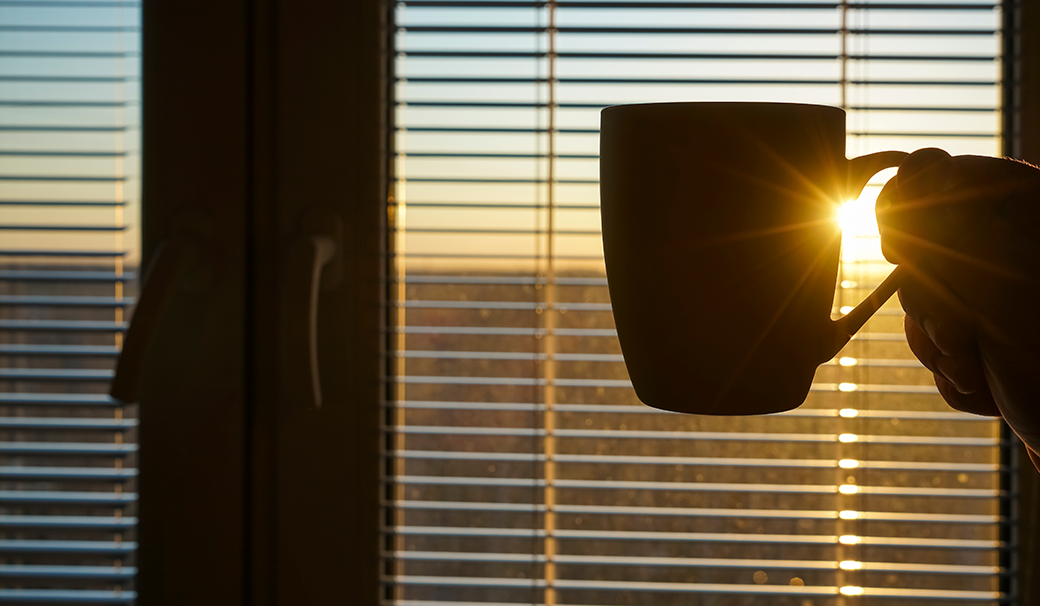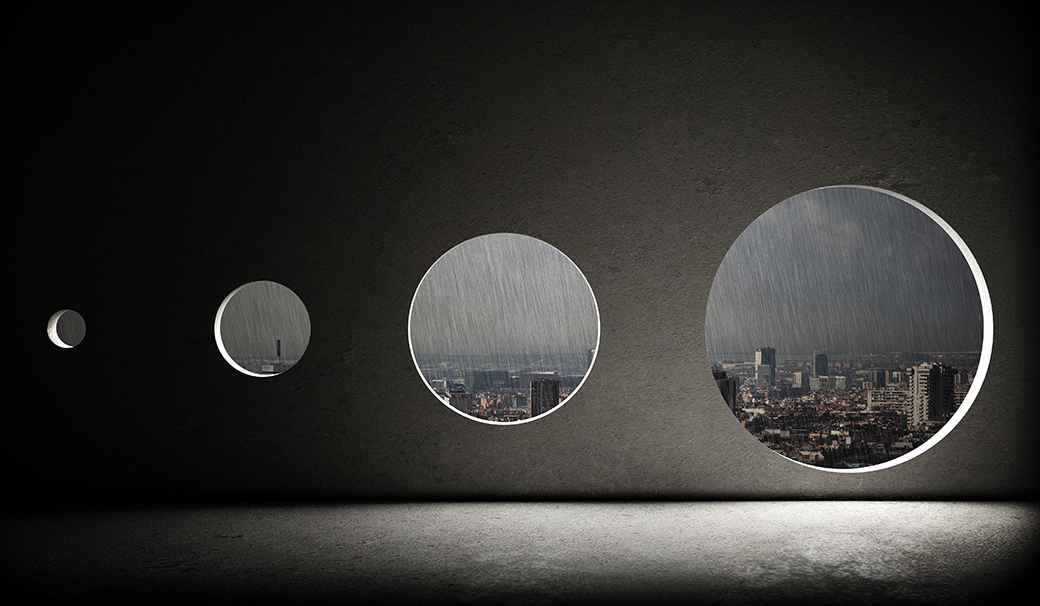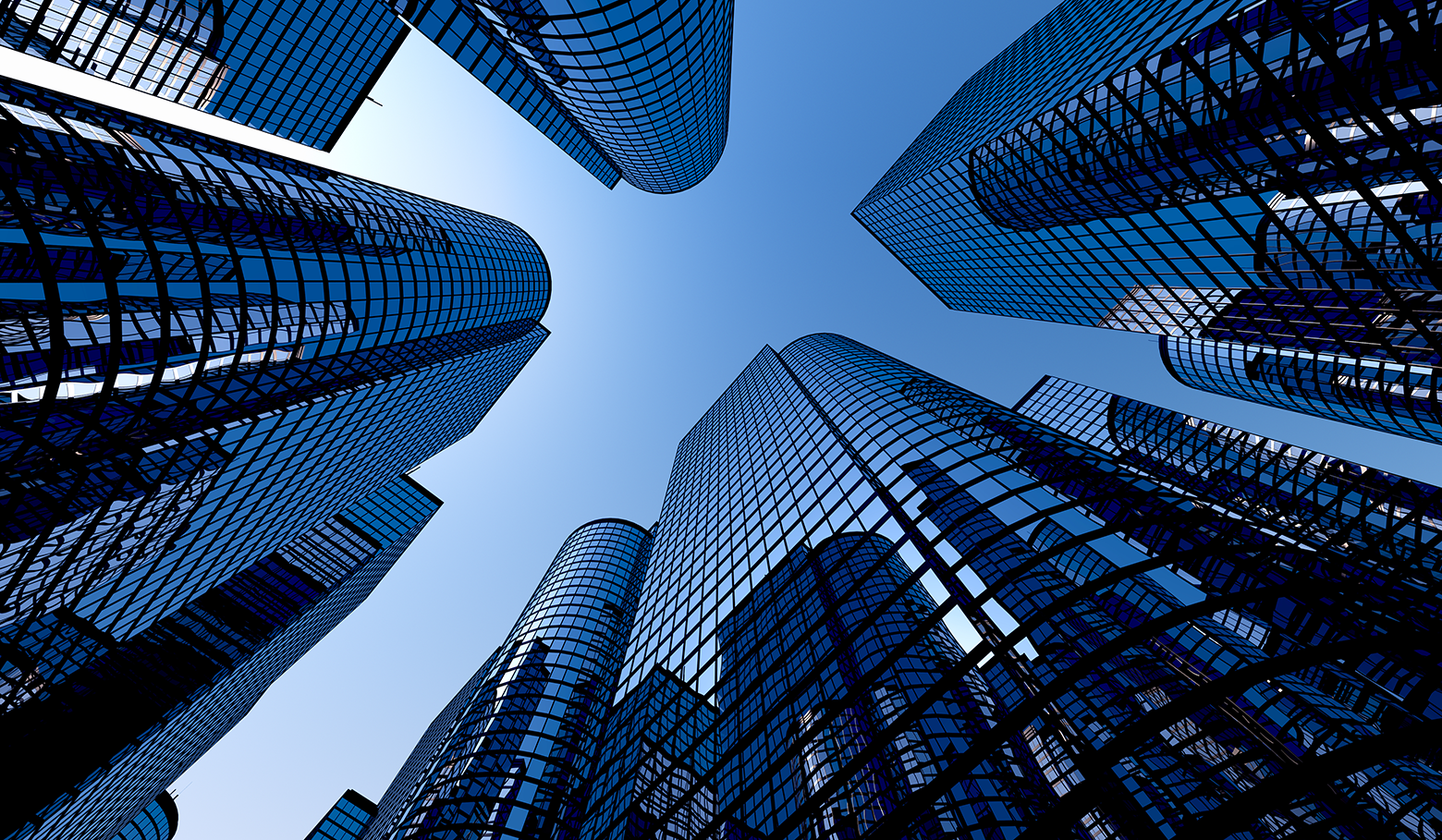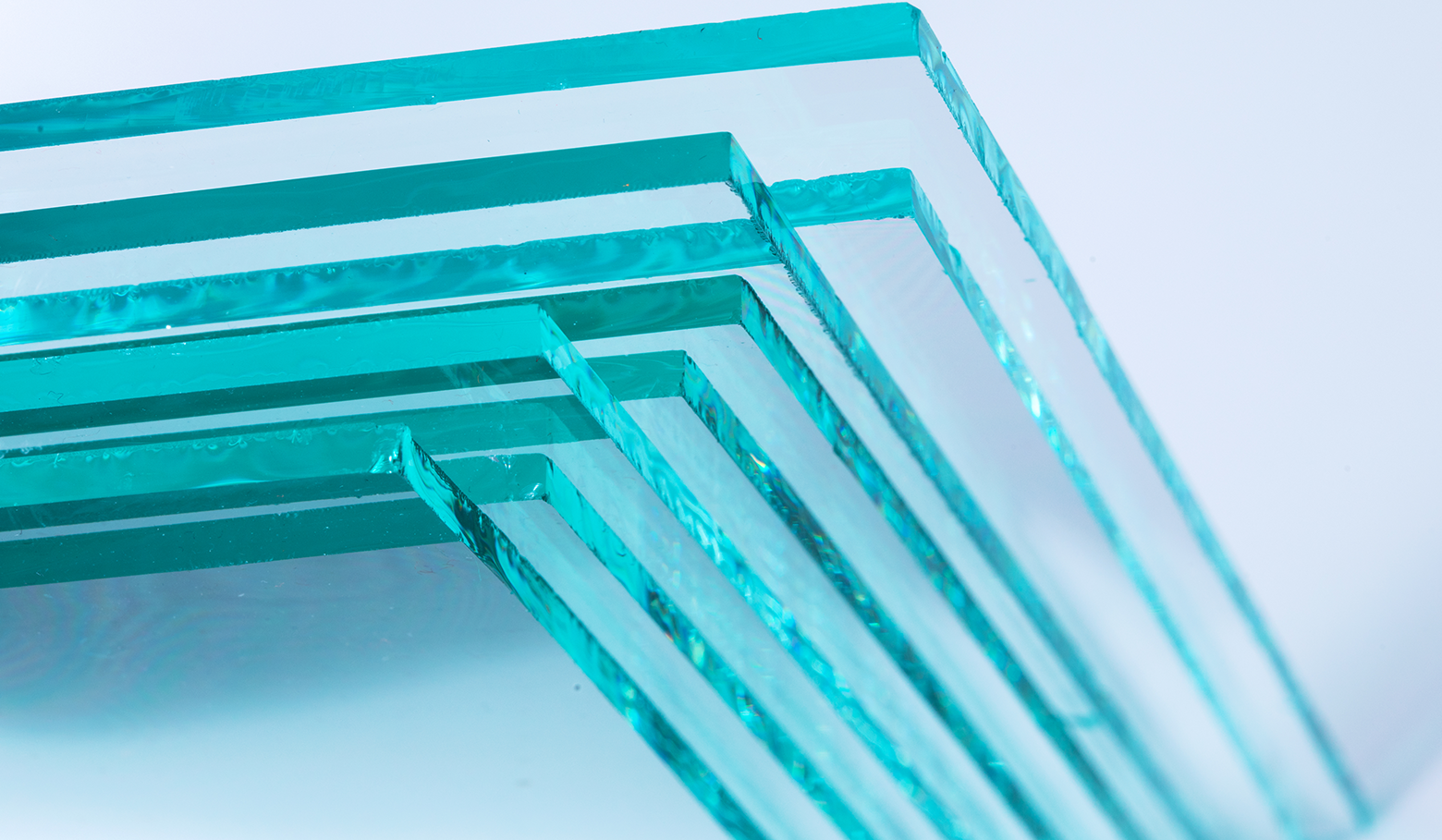Glass Blog
Regardless of the type of business you run, having a good storefront is critical in attracting customers, maximising security, and maintaining a solid business reputation.
What makes a shopfront good? Read on to find out.
Clutter-Free
No one wants to go into a store that looks cluttered and messy. Because of this, you should avoid putting too much signage and merchandise in your shopfront. Keep it relatively clear and make sure you clean it regularly.
Lighting
Making sure you have the right amount of lighting in your shopfront is also important in attracting potential customers. You want to have just enough lighting to illuminate your store and make it stand out, but not so much that it will appear overly-bright.
Security
Aside from drawing in customers, the main role of your shopfront is to keep your store secure. In order to achieve this, ensure the material your storefront is made from is strong and sturdy. If you want to install a glass shopfront, choose safety glass such as toughened or laminated glass. These glass types are significantly more resistant to force and less easy to break than standard annealed glass.
Easy to Maintain
Last but not least, for your sake, you want to ensure your shopfront is easy to clean and maintain. Select materials that stay cleaner for longer and don’t require excessive maintenance (such as glass and aluminium) over materials that get dirty quickly and require frequent touch-ups (such as timber).
If you’re wanting to install a new glass storefront in your business, call Magic Glass today. We can provide you with a free quote for a shopfront that will attract customers and keep your business safe!
Frosted glass is a type of glass that has been treated to have an opaque look on one side and a transparent or translucent look on the other.
It is made by applying a thin layer of metal, such as aluminium, to the surface of the glass. The metal is then heated and cooled in order to create the frosted effect.
The two main types of frosted glass are: wire-cut and sandblasted. Wire-cut frosting is when wires are used to cut into the surface of the glass in order to create an opaque pattern. Sandblasted frosting, on the other hand, is when abrasive material, such as sand, is blown onto the surface of the glass in order to create an opaque pattern.
Frosted glass is used to provide privacy without obstructing the view. It is often used on high-rise buildings, where the occupants of the lower floors want to be able to see out without being seen.
Frosted glass can also be used in a more decorative way, for instance as a window in the shower or bathtub. This allows natural light and air into the shower or tub while still providing some privacy for the building’s inhabitants.
If you’re looking for a way to add more sunlight into your home without compromising your building’s privacy, frosted glass is a great solution.
For any questions on frosted glass or to get a free quote, contact the Magic Glass team today.
Glass is both a functional and decorative material that can be used in many ways to improve your home and increase its value.
From increased safety to aesthetics, here are Magic Glass' top 5 ways glass can be used to improve your home.
1. Safety
Installing safety glass is a great way of boosting your home’s security and preventing injury in the event of breakage.
Safety glass such as toughened and laminated glazing units are more susceptible to force and are therefore much more difficult to break. This means that the likelihood of someone breaking into your home or glass shattering from severe weather events is drastically reduced.
In addition, toughened and laminated glass are designed to either stay intact or shatter into smaller pieces (rather than sharp shards) in the rare event of breakage.
2. Energy Efficiency
Most of our homes’ temperature losses or gains occur through our glass windows or doors. Fortunately, there are ways in which we can minimise these effects and make our homes more energy efficient.
Installing glass panels that are either multi-glazed, laminated or have low-emissivity coatings will drastically reduce heat transfer through your windows. This will help keep your home cooler in the summer and warmer in the winter without blowing your energy bill through the roof.
For more information on these types of glass, read our How To Make Your Home More Energy Efficient Using Glass blog.
3. Openness
Another benefit of glass is that it can make your home appear more open. Having large windows, glass sliding doors and mirrors around your home can alter the look and feel of your property by making it seem more spacious and less closed-off.
4. Natural Light
Glass fills your home with natural light which not only helps save you money on electricity bills, but also boosts your mood and energises you.
Natural light boosts the look and feel of your home and adds value to your property.
Whether through windows, glass doors or skylights, there are an abundance of ways that you can increase natural light in and around your home.
5. Decoration
Last but not least, glass installs can be used to decorate your home.
Stained, frosted and etched glass can be used to add colour and edge to your home, as well as privacy.
In addition, glass splashbacks and frameless screens can be used for both decoration and functionality.
For more information on using glass to improve your home, contact Magic Glass today.
With our own fabrication facility and a team of experienced glaziers, we are able to custom-make glass specific to your space and your needs.
If you’re planning on installing a glass fence around your pool, an important decision you’ll have to make is whether you want to get framed or frameless fencing.
Both have their pros and cons, so having a solid understanding of both fencing types will help you determine which is best for you and your needs.
Frameless Glass Fencing
As the name suggests, frameless glass pool fencing is composed of sheets of glass held in place at the bottom rather than by an entire frame around the panel. This type of fencing must be made from safety glass, so it is highly strong and durable, and significantly less likely to cause injury in the rare event of breakage.
Frameless glass pool fencing is becoming more and more popular in Australia. As it gives the illusion that there is no fence at all, many people choose frameless fencing as it is more aesthetic and does not obstruct the view of their outdoor area. Frameless glass fencing also allows for greater visibility of the pool, so it is easier to supervise children and pets.
The main drawback of frameless glass fencing, however, is that it is generally more expensive than framed options. This is because the glass panels are secured to the ground either with cement or highly-durable stainless steel spigots, which incurs greater labour, equipment, and material costs.
In addition, the glass panels in frameless fences need to be either toughened or laminated safety glass. So glazing costs are likely to be higher too.
Framed Glass Fencing
Most types of framed glass pool fences these days are semi-framed. This means that rather than the entire panel being framed, there is framing only in the space that connects two glass panels together, with the top and bottom of the glass being left clear.
This type of pool fencing provides many of the same benefits of frameless fencing. There is slightly more view obstruction, however, and potentially more maintenance requirements.
One of the main advantages of semi-framed glass fencing is that it is notably cheaper than frameless fencing. Semi-framed pool fences can be up to 30% cheaper than frameless pool fencing, making it the ideal choice for lower budgets.
Both types of pool fencing are very durable and relatively low-maintenance. Determining which is best for you will ultimately come down to your personal preference and budget.
For more information, call Magic Glass. We will be able to find the perfect glass fencing for your pool, ensuring all Australian Pool Safety Standards are met.
An integrated management system (IMS) is a single system that combines two or more management systems, such as a quality management system (QMS) and an environmental management system (EMS). The goal of an IMS is to integrate the various management systems and processes within an organisation into a single, cohesive system. This can improve efficiency, reduce duplication of effort, and provide a more holistic view of the organisation's operations.
At Magic Glass, our integrated management system has been established in line with the following international standards:
- ISO 9001 Quality Management System
- ISO 14001 Environmental Management System
- ISO 45001 Occupational Health and Safety Management System.
ISO 9001 Quality Management System
ISO 9001 outlines the requirements for a quality management system (QMS). This standard is based on several quality management principles, including a strong customer focus, the motivation and implication of top management, the process approach, and continual improvement.
By implementing a QMS established in line with this standard, Magic Glass has been able to improve our efficiency, reduce costs, and increase customer satisfaction by ensuring our clients get consistent, good-quality glazing and rope access products and services.
ISO 14001 Environmental Management System
ISO 14001 outlines the requirements for an environmental management system (EMS). This standard is used by organisations to help minimise their environmental impacts and ensure compliance with associated regulations.
By implementing an EMS established in line with this standard, Magic Glass has been able to maximise the sustainability of our activities and reduce practices that are potentially harmful to the environment.
ISO 45001 Occupational Health and Safety Management System
ISO 45001 outlines the requirements for an occupational health and safety management system (OHSMS). It helps organisations mitigate the risk of injuries and illness in the workplace.
By implementing an OHSMS based on ISO 45001, Magic Glass has been able to minimise the occurrence of injuries and illnesses in our workplaces, improve our health and safety performance, and ensure compliance with related regulations.
ISO Certification
In order to become certified in the above international standards, Magic Glass has undergone thorough certification processes and regular audits by ISO representatives. This ensures that we are consistently meeting the requirements of each standard, allowing us to offer top quality, safe, and environmentally-friendly products and services for our customers.
Safety glass is a type of glass that is designed to be less likely to break and less likely to inflict serious injury in the rare event it does break. The two main types of safety glass include toughened (or tempered) glass and laminated glass.
One of the most common questions we get asked is ‘which type of glass is the safest?’ Although toughened glass is most commonly recommended for safety, it does ultimately come down to what it is being used for.
Toughened Glass
Toughened glass is manufactured through the use of thermally or chemically controlled treatment processes. It is these processes that strengthen the glass and make it more resistant to force.
Although it is very difficult to break toughened glass, it’s not impossible. In the rare event breakage does occur, toughened glass shatters into many smaller pieces rather than large, sharp shards of glass. Because of this property, it is much safer than standard, annealed glass and is significantly less likely to inflict injury. This is why toughened glass is often used in motor vehicle windows and diving masks.
Toughened glass is also Grade A safety glass and is therefore frequently used in areas and spaces where compliance with Australian Glass Safety Standards is a must. This includes schools, hospitals, low-level glazing, aged care facilities, and child care centres.
Laminated Glass
Laminated glass is composed of two pieces of glass with an interlayer commonly made from polyvinyl butyral. This prevents the glass pieces from shattering as they remain stuck to the interlayer rather than breaking off into sharp shards.
As laminated glass sticks together even when it is shattered, it provides much greater security against potential break-ins, severe weather, and sudden impact. Because of this, laminated glass is most commonly used in shopfronts, windows and doors, balustrades, and glass fencing.
If you’re wanting to install safety glass into your commercial or residential building and are still unsure which type is best for you, give Magic Glass a call! Our friendly team will be able to provide you with recommendations and point you in the right direction when it comes to installation.
We can also provide you with a free quote for custom safety glass fabrication and installation.
Proper maintenance of your building’s exterior is critical not only in terms of visual appeal, but also in terms of safety and functionality. Conducting facade inspections, cleaning and repairs can be a complex and time-consuming process, however. Fortunately, the use of rope access can make facade maintenance much more simple.
What is Rope Access?
Rope access involves the use of ropes and harnesses to traverse the exterior of buildings to conduct inspections, repairs, removals, installations, and cleaning services.
Due to strict training requirements and safety standards, rope access is considerably safer than alternative access methods such as the use of scaffolding and cranes.
Why is Rope Access Ideal for Facade Maintenance?
Aside from being the safest access method, rope access is also a faster, less-disruptive, and less-expensive method of carrying out facade maintenance work.
With little set-up and pack-up times, rope access drastically reduces the time it takes to carry-out facade work. This, in turn, cuts costs associated with labour and equipment and makes the process much more straight-forward.
In addition, the lack of scaffolds, platforms and cranes makes rope access a much more subtle process. This reduces disruption to your building and its inhabitants and won’t compromise your building’s visual appeal.
Rope access is also much more ideal for facade maintenance as it provides workers with greater mobility and flexibility to move around the building. This allows them to reach more difficult-to-access areas with very little restriction from equipment.
If you’re wanting to make the change to rope access, get in contact with the Magic Glass team today. Our dedicated Rope Access Division offers an abundance of services that will keep your building’s facade clean, safe and functional.
- Anchor Point Installation
- Building Maintenance
- Commercial Glass Replacement
- Commercial Glass Services
- Commercial Glazier
- Commercial Glazing
- Facade Cleaning
- Facade Maintenance
- Facade Services
- Glass Maintenance
- Glass Services
- Glazing Services
- Hi-Rise Glass
- High Rise Glass Services
- Magic Glass
- Rope Access
- Window Cleaning
When it comes to reducing noise pollution, many people choose to install soundproof glass into their windows and doors. Before doing this, however, it is important to weigh-up your options as there are different types of soundproof glass, all of which have various pros and cons.
The two main types of soundproof glass are double-glazed and laminated glass.
Double-glazed glass is simply glass panels that have two panes instead of one. The space between the two panes is filled with either air or argon to further insulate the panel.
The pros of double-glazed glass is that it’s very energy efficient, weather resistant and soundproof. The main con, however, is that it can be expensive to double-glaze your windows.
Laminated glass is similar to double-glazed glass in that it is manufactured using two panes. The space between these panes is filled with PVB (polyvinyl butyral), a type of resin that is highly effective in blocking out sound.
Similarly to double-glazed glass, laminated glass is energy efficient, weather resistant and soundproof. It’s also effective in blocking out UV rays.
Laminated glass is challenging to install, however. Not installing it properly will result in it being less effective in both thermal control and soundproofing.
Both types of glazing have similar STC (Sound Transmission Class) ratings, so what it ultimately comes down to is price and convenience. Laminated glass is cheaper, however there are challenges with installation so you should always seek the help of a glazing professional.
If you’re wanting to further soundproof your building, get in touch with the Magic Glass team today. We can custom-make and install both double-glazed and laminated glass panels that will aid significantly in blocking external sound.
- Commercial Glass Installation
- Commercial Glass Replacement
- Commercial Glass Services
- Custom Cut Glass
- Custom Glass
- Custom Glass Installation
- Double Glazed Windows
- Energy Efficient
- Glass Cut to Size
- Glass for Home
- Glass Installation
- Glass Pane
- Glass Replacement
- Glass Services
- Glass Solutions
- Glass Walls
- Laminated Glass
- Office Space
- Shopfront
- Toughened Glass
- Window Services
The use of Low-E coated glass has been a game changer in boosting the energy efficiency of buildings. With an estimated 70% of energy loss occurring through windows and doors, and 90% of window energy loss occurring through the glass, Low-E coatings have helped drastically in keeping heat in or out of commercial buildings and houses.
What is Low-E Glass?
Low-E (or low-emissivity) glass is designed to minimise the amount of infrared and UV radiation absorbed by glass, without reducing the amount of light entering the building.
The glass has a very thin, transparent coating that reflects heat back inside or outside the building. This helps keep the temperature in your building consistent by reflecting the internal temperature back inside.
Types of Low-E Coatings
There are two different types of Low-E coatings. Which one is best for you is based predominantly on your area’s climate.
Hard-Coat (Passive) Low-E Coatings
Hard-coat Low-E coatings are applied to glass immediately after it is removed from the furnace. The heat causes the coating to fuse onto the glass as it is cooling down. The fusion creates a strong bond (or hard-coat) that is highly durable.
Hard-coat Low-E glass is used predominantly in climates where the temperature can get extremely low. This is because the hard-coat glass allows some of the sun’s short-wave infrared energy to pass through, whilst keeping the long-wave heat energy inside. This keeps buildings nice and warm when it is cold outside.
Soft-Coat (Solar Control) Low-E Coatings
Soft-coat Low-E coatings are applied to pre-cut glass in a vacuum chamber once the glass has cooled. This type of coating must be sealed in an insulated glazing unit (IGU) or laminated glass unit for longevity and optimal performance.
Soft-coat Low-E glass has lower emissivity and higher solar control performance. It has better UV protection and is overall more effective. For this reason, it is ideal for use in cold to hot climates where it can reflect the warm or cool air back into your building, with minimal leakage outside.
Installing Low-E glass into your home or business can significantly improve your building’s energy efficiency, in turn reducing your carbon footprint and saving you money. It can also prevent damage to your furniture and internal decor by blocking out harmful UV rays.
If you’re considering upgrading to Low E glass, contact the Magic Glass team today! We can provide you with a free quote and help advise you on what options are best for your building.
- Commercial Glass Replacement
- Commercial Glass Services
- Custom Glass
- Custom Glass Installation
- Energy Efficient
- Glass Company
- Glass for Home
- Glass Options
- Glass Replacement
- Glass Services
- Glass Solutions
- Glass Window Replacement
- Glazing Services
- Residential and Commercial
- Sydney Glass Company
- Window Replacement Service
- Window Services
Whether it’s rain, wind or shine, harsh weather conditions can have significant effects on your building. Strong winds, rain and hail can cause breakage to glass whilst exposure to sunlight can cause UV rays that penetrate glass panels and damage items inside.
It is therefore important to take necessary precautions in protecting your glass windows and doors from harsh weather. Our guide on 4 Ways to Protect Your Glass from the Elements will help you get started .
Safety Glass
A great way to take precaution against weather damage is to invest in safety glass for your windows and doors. Safety glass is designed to withstand high - impact forces and extreme weather conditions, including strong winds, high-powered storms, and fluctuating temperatures.
They are often also effective in filtering UV rays, protecting the interior of your home from sun damage and boosting your home’s energy efficiency by keeping the heat out.
There are different types of safety glass, including tempered and laminated glass. To find out which is best for you and your property, read our Laminated VS Tempered Glass blog.
Security Film
Security window film is an easy and affordable way to protect your windows from weather damage. These films are made of a pliable Myler coating that is applied to the inside of your glass. They help the glass withstand larger forces and prevent glass from shattering dangerously.
Security films can be tinted, mirrored or coloured and are also effective at blocking out harmful UV rays.
Storm Windows and Doors
Storm windows and doors involve installing a second window or door panel over an existing one. They provide protection from extreme weather conditions by reinforcing windows, without replacing the existing glass.
They are a good option if you’re seeking a cost-effective method to prevent weather damage that’s more effective than security film.
Storm Shutters
Storm shutters are a type of protective shutter that attaches to the outside of a window. They are effective in protecting the window from strong winds, rain, hail, and sunlight.
Storm shutters are a popular choice for homeowners as they can be folded or rolled away so you can still enjoy your view. They are also more cost-effective than completely replacing your glass with safety glass.
Look for shutters made of aluminium, aluminium-wrapped foam, or reinforced fabric.
If you’re wanting to take precaution against weather damage, give Magic Glass a call. We can advise you on the best safety glass options for your building and can also help in the event of glass breakage caused by weather. Call us on 18 000 GLASS.
- 24 Hour Emergency Glass Repairs
- 24 Hour Emergency Glass Services
- 24 Hour Glazing Service
- After Hour Glass Replacement
- Australia Window Regulations
- Broken Window
- Damaged Window
- Emergency Glass Repair Service
- Emergency Glass Replacement Service
- Emergency Glass Services
- Glass Film Coverings
- Glass for Home
- Glass Maintenance
- Glass Repair
- Glass Repair Service
- Glass Services
- Laminated Glass
- Safety Glass
- Toughened Glass
- Window Services
Although rope access may appear scary to many, it is actually the safest option when it comes to height access work.
Compared to alternative methods such as scaffolding and cranes, rope access has very little risk. This is due to several factors outlined below.
1. Full Accreditation Required
In order to become a Rope Access Technician in Australia, you must be fully accredited and IRATA trained.
All Rope Access Technicians at Magic Glass undergo thorough training before they are permitted to work. This enables them to become familiar with all safety procedures and protocols and understand how to tackle all jobs at-height as safely as possible.
2. Less Equipment, Less Risk
Compared to using scaffolding or cranes, rope access requires very little equipment and set-up.
Because of this, there is less space where something could go wrong and less equipment that could fail.
3. Less Time, Less Risk
Rope access is also by far the fastest and most efficient method of height access work.
Because of this, there is less time for complications to arise or for something to go wrong.
4. Safer for Passer-Byers
Rope access is also much safer for passer-byers of the building or construction site.
This is because all tools required for the job at hand are secured to Technicians via ropes and harnesses. In the event that a Technician accidentally drops their tool, it will stay intact to the Technician instead of falling to the ground and potentially harming pedestrians and other workers on the way.
For all your rope access needs, get in contact with the Magic Glass team.
All of our dedicated Rope Access Technicians are highly experienced and IRATA trained.



